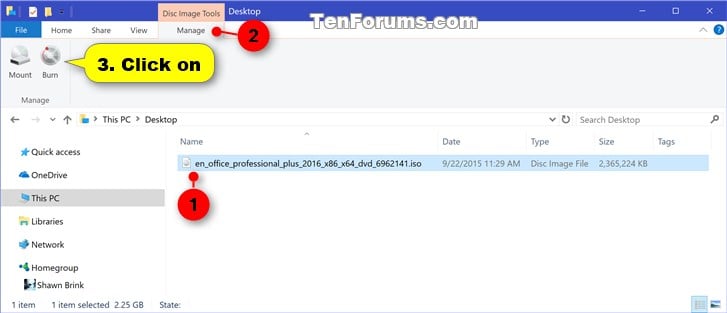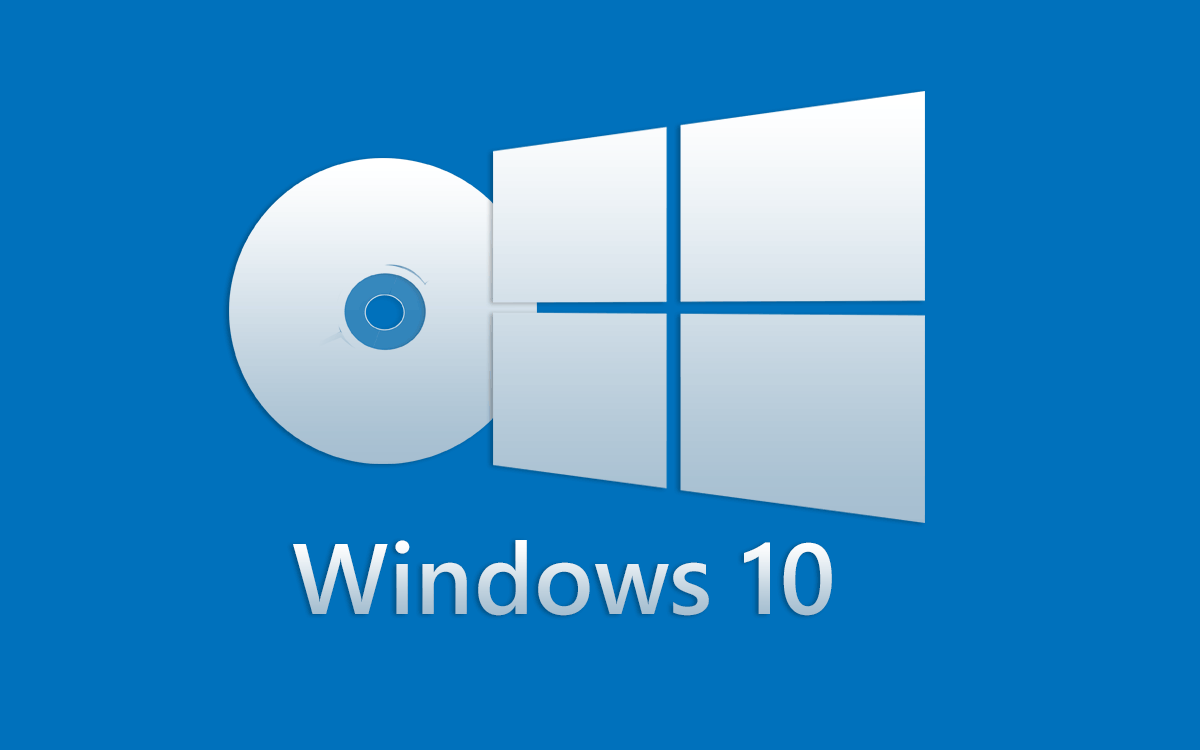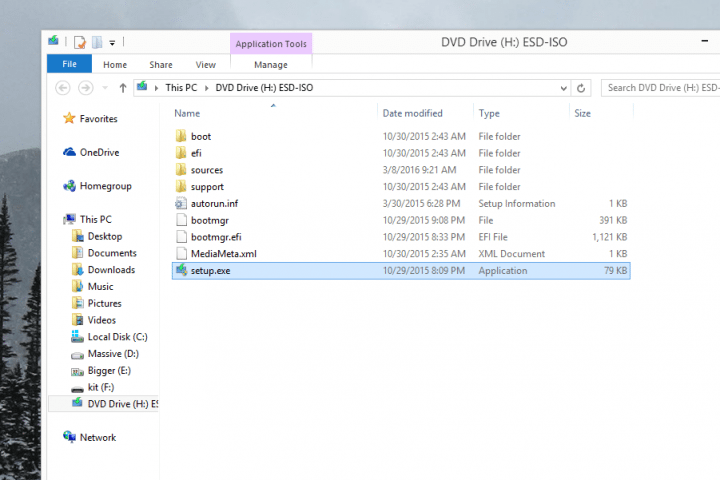In this part of the information series, you've seen in detail the means to work with Time Series data. Here, we briefly introduced date and time data sorts in native python and then centered on date/time data in Pandas. You have seen how date_range can be created with frequencies. We mentioned various indexing and selection operations on time collection data. Next, we introduced time sequence particular operations, similar to resmaple(), shift(), tshift() and rolling(). We additionally briefly mentioned time zones and working on data with different time zones. The slice(start,end) perform is often used to create vary of values. In the below cell, we have created another example demonstrating utilization of vary operator to filter rows of dataframe the place one level values are of datetime data type. Below, we've created an instance, where we're indexing a dataframe whose each rows and columns labels are MultiIndex objects. For filtering rows, we've used the same tuple of three values that we had used in certainly one of our earlier examples. For filtering columns, we've used a tuple of two values the place the primary worth is a single string and the second worth is an inventory of three strings. As you'll find a way to see, .dtypes returns a Series object with the column names as labels and the corresponding data types as values. The keys of the dictionary are the DataFrame's column labels, and the dictionary values are the info values in the corresponding DataFrame columns. The values may be contained in a tuple, record, one-dimensional NumPy array, Pandas Series object, or one of several different data varieties. You can also present a single worth that might be copied along the complete column. When working with time collection data, partial string indexing can be very helpful and means less cumbersome than working with datetime objects.
I know we began with objects, however now you see that for interactive use and exploration, strings are very helpful. You can cross in a string that might be parsed as a full date, and it'll work for indexing. In this section, we'll clarify how we are in a position to perform indexing on a dataframe whose index or column labels are represented using MultiIndex objects. We'll clarify numerous methods of indexing multi-level index on this section. We'll be utilizing '.loc' property of pandas dataframe to carry out indexing because it accepts actual index values which could be of any kind to carry out the indexing. We will not be masking indexing utilizing '.iloc' property which accepts integers for indexing. In this part, we will introduce tips on how to work with each of these sort of date/time data in Pandas. After itemizing some sources that go into extra depth, we'll evaluate some brief examples of working with time sequence data in Pandas. It first creates a random array of dimension with 4 rows and three columns. We then move the array as an argument to the pandas.DataFrame() technique, which generates DataFrame named data_df out of the array. By default, the pandas.DataFrame() methodology will insert default column names and row indices. In the previous pocket book, we discovered the way to be extra productive with Pandas by using sophisticated multi-level indexing, aggregating and combining data. In this notebook, we will discover the capabilities for working with Time Series data. We will begin with the default datetime object in Python after which jump to data structures for working with time sequence data in Pandas. By wrapping "on-line" scikit-learn estimators with this class, they become a vaex pipeline object. Thus, they can take full benefit of the serialization and pipeline system of vaex. While the underlying estimator have to call the.partial_fit methodology, this class contains the standard .fit method, and the rest occurs behind the scenes.
One also can iterate over the info a quantity of instances , and optionally shuffle every batch earlier than it is despatched to the estimator. The predict technique returns a numpy array, whereas the transformmethod adds the prediction as a digital column to a vaex DataFrame. We have row indices and column names within the NumPy array itself. Similarly, we choose all the first row values from the second column and pass it as columns argument to set the column names. The majority of makes use of case of utilizing Pandas dataframe/series requires a single worth per label. We typically have a single label for entry in a selected axis (single label for a selected row / single label for a column). But there may be situations where we want multiple worth to be labels of row or column of information. This lets us characterize high-dimensional data in our 2D data construction dataframe or 1D data construction sequence. This type of indexing is generally referred to as Multi-Level Indexing the place we've multiple label value per row/column. When values in the index at lower ranges are sub-values of higher-level values then the index is usually referred to as Hierarchical Index. Regular date sequences could be created utilizing capabilities, similar to pd.date_range() for timestamps, pd.period_range() for durations, and pd.timedelta_range() for time deltas. Fixed frequency, such as every day, month-to-month, or each 15 minutes, are sometimes desirable. Pandas provides a full suite of ordinary time sequence frequencies discovered here. The format of particular person columns and rows will influence evaluation performed on a dataset learn into Python.
For instance, you can't perform mathematical calculations on a string . This might sound apparent, however generally numeric values are read into Python as strings. In this case, whenever you then attempt to perform calculations on the string-formatted numeric data, you get an error. For each row a datetime is created from assembling the assorted dataframe columns. Column keys may be common abbreviations like ['year', 'month', 'day', 'minute', 'second', 'ms', 'us', 'ns']) or plurals of the same. The most necessary and only necessary parameter of .astype() is dtype. If you move a dictionary, then the keys are the column names and the values are your desired corresponding data types. In most circumstances, you'll use the DataFrame constructor and provide the data, labels, and different info. You can cross the info as a two-dimensional record, tuple, or NumPy array. You also can cross it as a dictionary or Pandas Series instance, or as certainly one of several other data varieties not lined in this tutorial. In this section, we've created one other example the place we're utilizing MultiIndex object to symbolize labels of rows and columns.
We have this time used a list of dates as a second-level index for rows. Below we have listed essential sections of our tutorial to provide an summary of the material coated. Pandas stores timestamps using NumPy's datetime64 data type on the nanosecond stage. Scalar values from a DatetimeIndex are pandas Timestamp objects. The capacity to use dates and instances as indices to intuitively manage and access data is a vital piece of the Pandas time sequence instruments. This class conveniently wraps River models making them vaex pipeline objects. Thus they take full benefit of the serialization and pipeline system of vaex. Only the River fashions that implement the learn_many are suitable. One can also wrap a complete River pipeline, so lengthy as each pipeline step implements the learn_many methodology. With the wrapper one can iterate over the data a number of instances , and optinally shuffle each batch earlier than it is sent to the estimator. We pass the numpy array into the pandas.DataFrame() method to generate Pandas DataFrames from NumPy arrays. We also can specify column names and row indices for the DataFrame. Like pandas, label primarily based indexing in xarray isinclusive of both the start and cease bounds. In the beneath cell, we have used vary indexing on our dataframe where values of 1 level are of datetime data type. Below we have created aMultiIndex object utilizing from_arrays() method by offering two lists to it.
Then in the subsequent cell, we have created a pandas dataframe with random numbers whose index is about as MultiIndex object we created. In such a scenario, a datetime object could be simply created by utilizing the pd.to_to_datetime method. The method combines date and time info in numerous columns and returns a datetime64 object. DataFrames can subsequently be Sliced just like numpy arrays or Python lists. We slice utilizing colons to specify the Start , End,and Stride of the slice. Pandas dataframes provide a number of versatile means of indexing into subsets of the data you'll be working on. Pandas DataFrames are tabular data buildings with labeled rows and columns. The columns of a dataframe themselves are specialised data constructions known as Series. A Pandas Series is a one-dimensional labeled numpy array and a dataframe is a two-dimensional numpy array whose columns are Series. Since Pandas makes use of objects, we rapidly can type our data in nearly any method we please, and do it quick. We can move columns round, add new ones, and take away others. When we're carried out modifying our data set, we will then utilize Matplotlib to generate some graphs and charts representing our data. Pandas works seemlessly with Matplotlib together with data units which have dates. The Pandas modules uses objects to permit for data evaluation at a reasonably high efficiency fee in comparison to typical Python procedures. With it, we are able to easily learn and write from and to CSV recordsdata, and even databases. From there, we will manipulate the information by columns, create new columns, and even base the model new columns on other column data.
Next, we can progress into data visualization utilizing Matplotlib. Matplotlib is a great module even without the teamwork of Pandas, however Pandas is available in and makes intuitive graphing with Matplotlib a breeze. You can extract month and year individually from the pandas DateTime column in several ways. If the data is not in Datetime kind, you should convert it first to Datetime through the use of pd.to_datetime() method. Also, I will cowl extract year and month utilizing pandas.DatetimeIndex.month together with pandas.DatetimeIndex.yr and strftime() strategies. Cast non-nanosecond timestamps (np.datetime64) to things. This is beneficial when you have timestamps that don't match within the normal date range of nanosecond timestamps (1678 CE-2262 CE). If False, all timestamps are converted to datetime64 dtype. Asfreqreturns a dataframe or collection with a brand new specified frequency. New rows might be added for moments that are lacking in the data and full of NaN or using a method we specify. We often want to provide an offset alias to get the desired time frequency. Let's evaluate the information varieties or dtypes of the dataframe to see if we've any datetime information. NumPy allows the subtraction of two datetime values, an operation which produces a number with a time unit. Because NumPy doesn't have a physical quantities system in its core, the timedelta64 data type was created to enhance datetime64. The arguments for timedelta64 are a number, to represent the number of models, and a date/time unit, corresponding to ay, onth, ear, ours, inutes, or econds. The timedelta64data kind additionally accepts the string "NAT" rather than the quantity for a "Not A Time" worth. You can now see that point series data may be listed a bit in a unique way than different forms of Index in pandas. Understanding time sequence slicing will let you quickly navigate time collection data and quickly move on to extra superior time sequence analysis.
In our last instance, we now have explained how we can use xs() perform when one of the degree values is of datetime data sort. Below, we have created an instance to explain how we can provide a tuple of values to an index dataframe. Each tuple has two values representing values for each ranges of MultiIndex object. This type of indexing will retrieve rows/columns which precisely match the mixtures of values supplied. First, we've created hierarchical MultiIndex similar to our earlier instance to symbolize rows of dataframe. Then, we have created another hierarchical MultiIndex object utilizing from_product() method which will be used to represent column labels. In this section, we'll create pandas DataFrames which could have either index or column labels or each represented with MultiIndex object. We'll be using varied dataframes created on this section, afterward, to elucidate indexing dataframe with multi-level indexing. In this part, we have created a MultiIndex object which represents a hierarchical indexing example. We have given three lists as input to from_product() methodology. The first list is a single worth list of the year, the second record is a 2-value listing of months and the third list is integers within the vary 1-31 representing days. Pandas time series instruments present the ability to make use of dates and occasions as indices to prepare data. This permits for the advantages of listed data, corresponding to computerized alignment, data slicing, and selection etc. Rolling statistics are a third type of time series-specific operation applied by Pandas. These may be achieved through the rolling() attribute of Series and DataFrame objects, which returns a view just like what we noticed with the groupby operation . This rolling view makes available a quantity of aggregation operations by default.
More data can be found in NumPy's datetime64 documentation. Now, the information type of the datetime column is a datetime64object. The means the nano second-based time format that specifies the precision of the DateTime object. Running the assertion above returns the number of rows and columns, the total reminiscence utilization, the info type of each column, etc. It can have any data structure like integer, float, and string. It is helpful when you want to carry out computation or return a one-dimensional array. For the latter case, please use the data frame construction. Pandas DataFrame is a two-dimensional array with labelled data structure having completely different column types. A DataFrame is a standard method to store data in a tabular format, with rows to store the information and columns to call the information. For occasion, the worth can be the name of a column and 2,three,4 can be the worth values. You can use pandas.Series.dt.year() and pandas.Series.dt.month() methods to get 12 months and month but, these return a sequence object. Assign these to a column to get a DataFrame with year and month columns. The numpy.array() will convert the integer values into string values whereas making NumPy array to ensure the array's identical data format. We use the numpy.int_() operate to transform the data values again to the integer kind. To return numpy array of python datetime.date objects, use the datetimeindex.date property in Pandas.
Pandas.reset_index in pandas is used to reset index of the dataframe object to default indexing or to reset multi level index. By doing so, the unique index gets transformed to a column. You can use it to get entire rows or columns, or their components. You can use it to get whole rows or columns, as nicely as their elements. As you can see, the info sorts for the columns age and py-score in the DataFrame df are both int64, which represents 64-bit (or 8-byte) integers. However, df_ also offers a smaller, 32-bit (4-byte) integer data sort known as int32. Starting in NumPy 1.7, there are core array data sorts which natively assist datetime functionality. The data sort known as datetime64, so named as a end result of datetime is already taken by the Python normal library. We'll cover the frequent functionality with different Index varieties first, then discuss concerning the fundamentals of partial string indexing. A time series is just a pandas DataFrame or Series that has a time based mostly index. The values within the time series can be anything else that might be contained in the containers, they are just accessed utilizing date or time values. A time sequence container can be manipulated in many ways in pandas, however for this text I will focus simply on the fundamentals of indexing. Knowing how indexing works first is essential for data exploration and use of more advanced features. In the following cell, we have created another instance demonstrating usage of xs() technique. One of the calls refers to all labels at that level and one other call refers again to the vary of values. In the below cell, we've created another example demonstrating usage of xs() operate. This time we have explained how we may give labels for more than one level. We have provided values for 3 levels of our dataframe and only one row satisfies those labels. In the under cell, we have created another example demonstrating the utilization of the vary operator for filtering rows and columns of the dataframe.































































